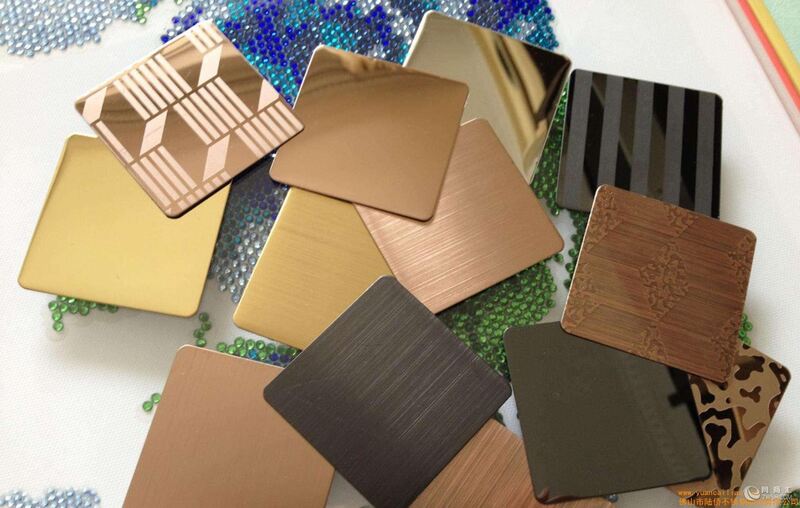
Stainless steel has been used in China's construction market for more than 30 years. Whether it is used as structural parts, connectors or surface materials, it has all appeared as high-end materials. As a material for structural parts and connecting parts, stainless steel is more commonly used in construction engineering. Through casting, forging or machining, various stainless steel accessories have emerged and are used in various projects. As the Surface treatment of stainless steel is getting better and better, and the sheet processing is more and more advanced, many engineering surface decoration materials also start to use stainless steel. In the process of application, stainless steel not only plays the role of structure or connection, but even becomes a decorative artwork.
At present, there are not many cases of using large-area stainless steel curtain walls in the field of building exterior walls. Even if they are used in large areas, they often do not pursue high flatness, but only express a strong texture. Surface treatment of stainless steel lasts longer.
Classification of stainless steel can be roughly divided into flat steel plate and concave-convex steel plate. The flat steel plate is divided into three types: the light reflectivity of the plate surface is greater than 90% for the mirror steel plate; the reflectance of 50% to 90% is the polished steel plate; the reflectivity is less than 50% for the matte steel plate. As stainless steel plates are used on a large area of building facades, higher requirements are put forward for their flatness, and thinner and flatter curtain walls are pursued.
Commonly used stainless steel panels for curtain walls are generally divided into three categories according to their structure: veneer (box type, buckle type and cut panel), composite panel and honeycomb panel.
There are many advantages of stainless steel veneer. Because of its high strength, it can be used in high-rise and super high-rise buildings. It has high toughness and can be bent or curved to achieve more architectural appearance effects. This is stainless steel composite panel and stainless steel honeycomb panel. Not easy to achieve; strong corrosion resistance, easy maintenance later.
As a metal component, stainless steel veneer can not only be adapted to cutting, grooving, bending and other processing treatments, but welding processing can also enable the stainless steel plate to achieve more shapes. General welding deformation control methods mainly include reducing the number of welds, intermittent welding, using reverse reflow welding, rigid fixed welding, anti-deformation technology, reasonable arrangement of welding sequence, heat treatment to remove shrinkage after welding, reducing welding time and cooling Law and so on. The biggest manifestation of Advantages of stainless steel veneer is firmness.
On the basis of retaining the good decorative effect and durability of stainless steel materials, the stainless steel composite plate overcomes the shortcomings of difficult processing and poor flatness of stainless steel metal plates. It has good sound insulation and heat insulation effects and can be easily cut. Cutting, arc bending, grooving hemming, drilling and other processing.
Stainless steel honeycomb panel, the front panel is made of brushed stainless steel or mirror stainless steel, the back panel is made of galvanized steel, the core material is made of aluminum honeycomb core, which is compounded by a special adhesive. The main characteristics of stainless steel honeycomb panel: light, extremely flat, high safety factor, and has good sound insulation and heat preservation performance.
As a manufacturer of stainless steel plates, Hongwang Investment Group is committed to creating the best stainless steel plates. If you have any needs, you are welcome to come and purchase!
Tags: Surface treatment of stainless steel, Classification of stainless steel, advantages of stainless steel veneer
Silicon steel sheet: the core and performance cornerstone of motor magnetic circuit
2025-10-27The Role of Alloying Elements in Austenitic Stainless Steel(part 1)
2021-07-26What is duplex stainless steel and why so many person are concerned of S32001 duplex ?
2022-07-18Electrical steel production capacity is growing rapidly, and supply and demand are unbalanced
2023-12-05Application of Stainless Steel Materials in Decoration Engineering
2022-07-21Manufacturing Technology and Market Potential for Environmentally Friendly Transformer Cores
2024-12-03







